Last Updated on February 24, 2023
The Chiloé Archipelago is part of the Lake District region of northern Patagonia in Chile, yet so unlike any other part of this country. A place like no other. Myths and legends of witches and wizards are part of their culture and tradition, part of Chilotes – the people of Chiloé.
The island itself has it all – from ocean to waterfalls, islands to wildlife. An abundance of nature, cultivated in this Chilean island in the Pacific Ocean.
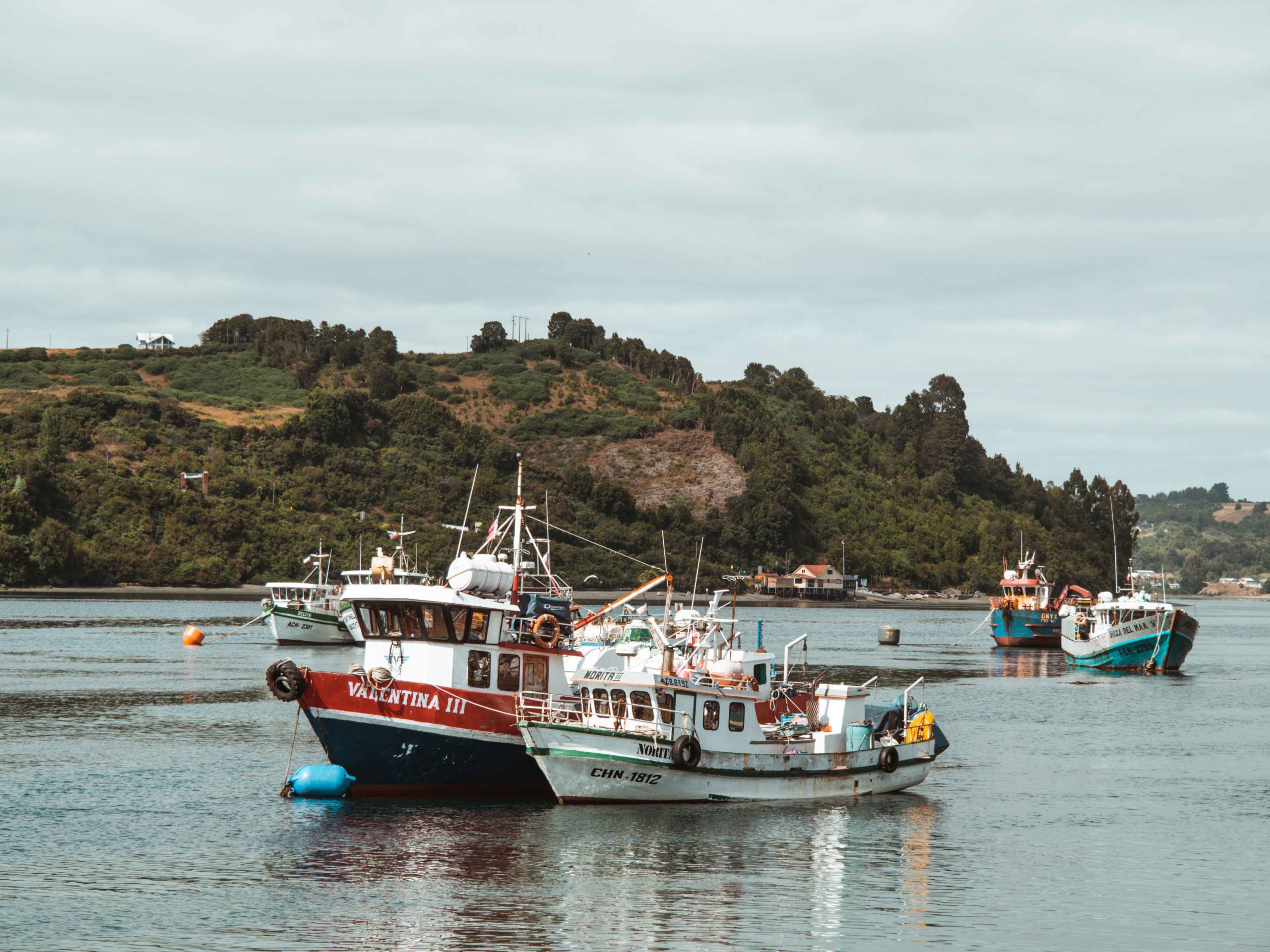
A place like no other
An unexpected calmness spreads within me while driving along the fields into sunset, listening to all the flies and watching the cows and sheep grassing on them. And the cows don’t think about staying in the fields, you can find them at every corner and even on the street.
A strange sensation of being in Ireland begins to feel more and more real, until I realize this place is still a little too exotic for that. A place like no other.
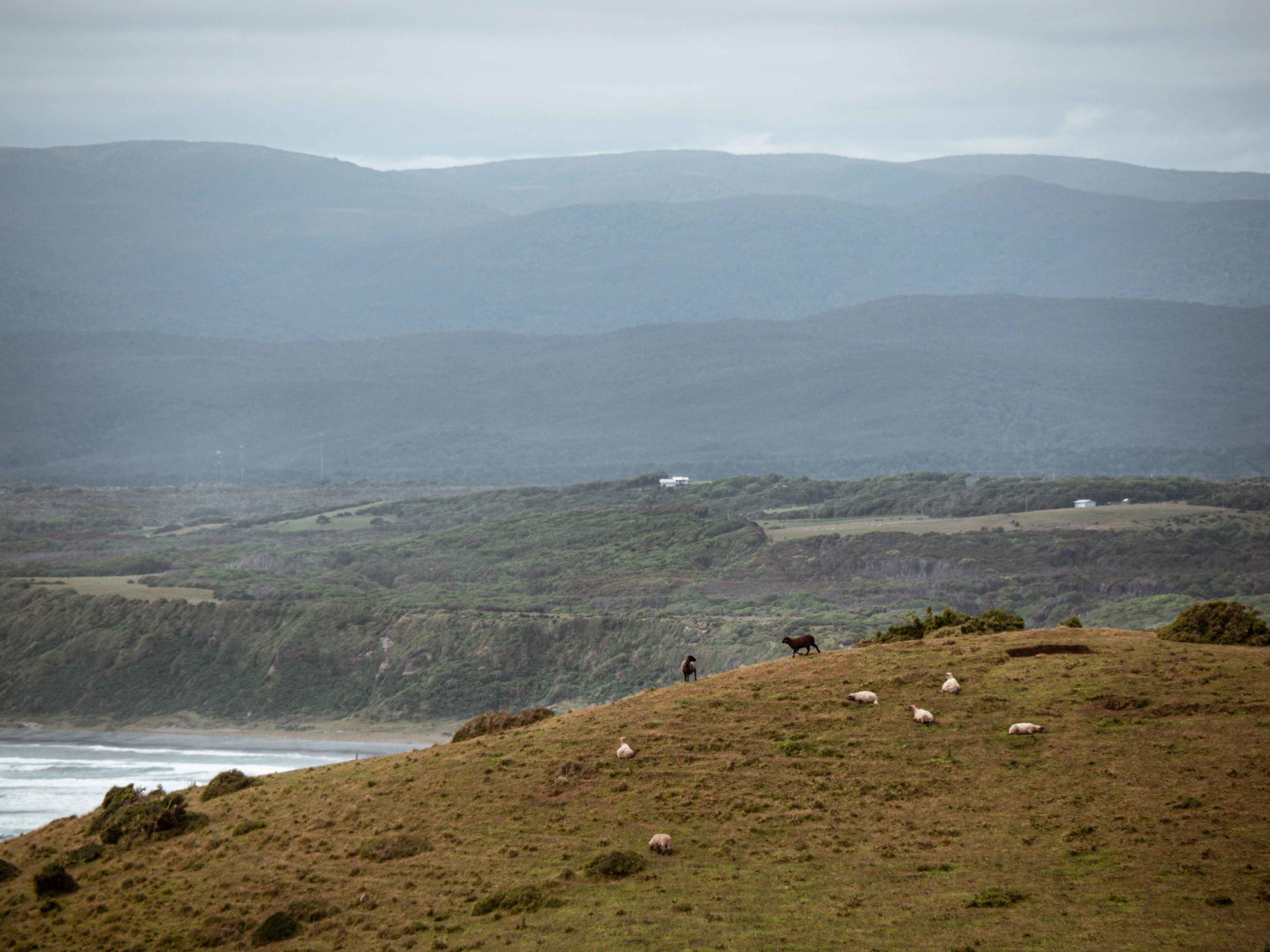
Potato abundance and elephant garlic
Speaking of uniqueness, it might not be surprising that even regarding food, Chiloé is a special place. A great variance of potatoes exists in this island – people say Chiloé has about 400 types. From blue to yellow, purple, and grey, they can be found in many different colors and shapes.
It’s no secret that the potato was discovered in South America and then strongly influenced the European cuisine. While Peru has the greatest variance of potatoes, it’s quite unknown that almost all potatoes worldwide can be genetically traced back to Chiloé. In 1834, even Darwin observed the high abundance of potatoes in Chiloé.
And potatoes are not the only interesting food of Chiloé. Spanish settlers brought the garlic to South America. Yet, only the chilotean garlic grew into a garlic whose clove has a size comparable with a shallot – also known as elephant garlic.
Undoubtedly Chilotes also found a way of creating their own unique dish called Curanto. Seafood, meat, potatoes and vegetables are laid on hot rocks in a hole and then covered with large nalca leaves. There it cooks for about an hour and then can be enjoyed.
Wooden architecture and local crafts
Chiloé is well-known for unique types of architecture – both including wood. In its capital Castro little stilt houses, called palafitos, are built into the water. On many postcards you can find this motive and its probably the most famous of Chiloé.
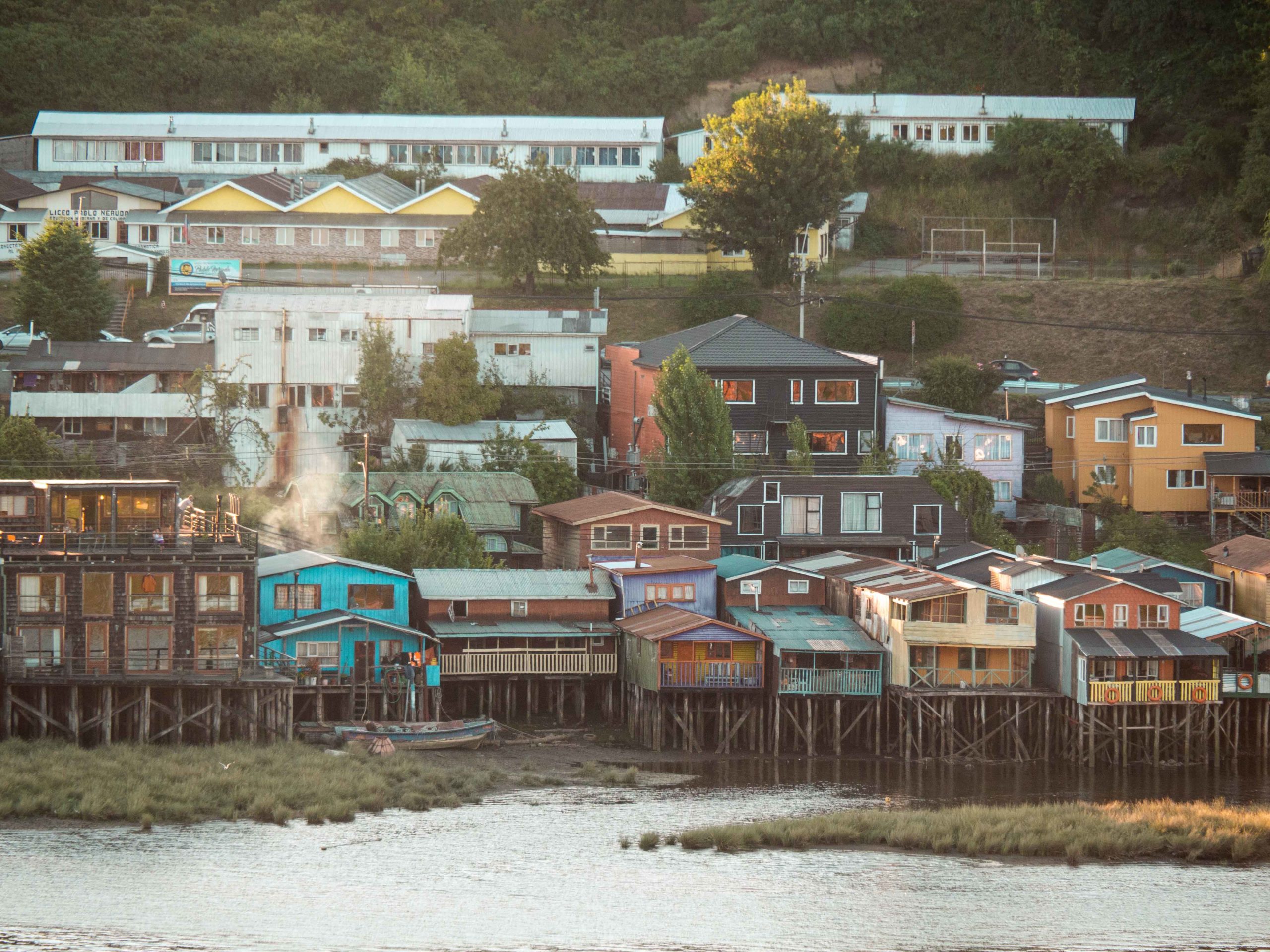
Secondly, you can find many wooden churches, painted into different colors, that have been built in the 17th century with the goal of evangelization. 16 of them were declared UNESCO World Heritage Sites.
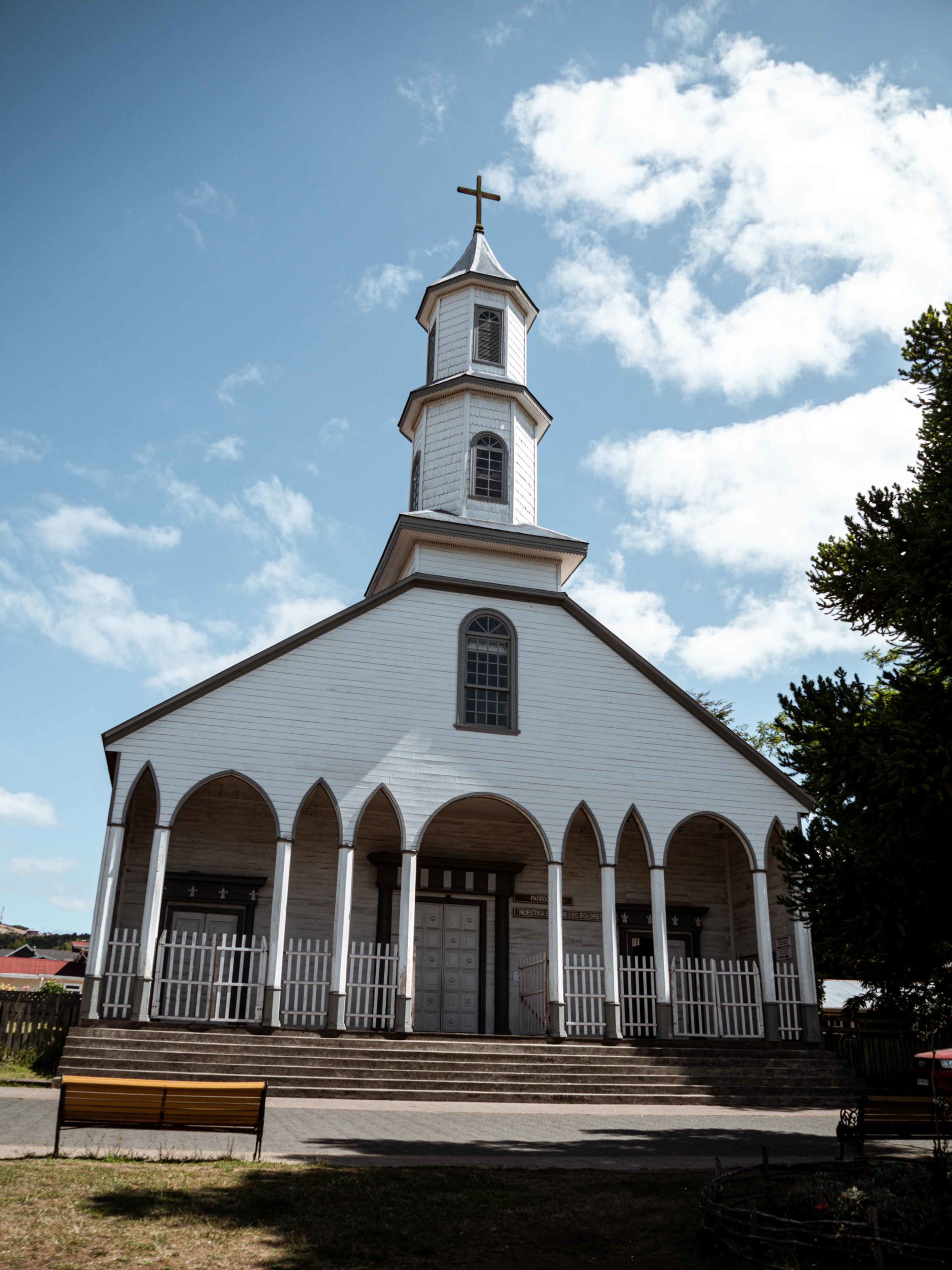
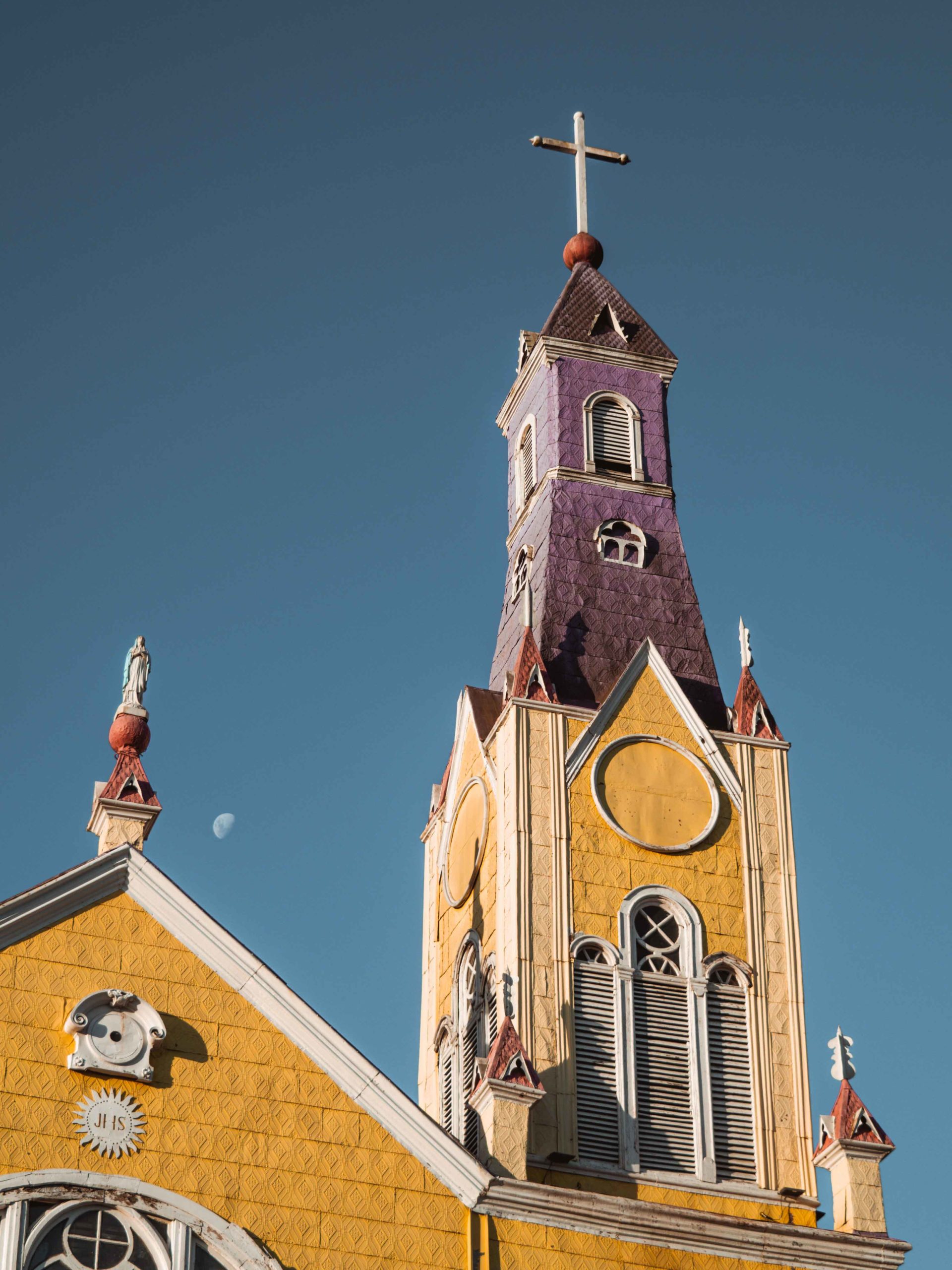
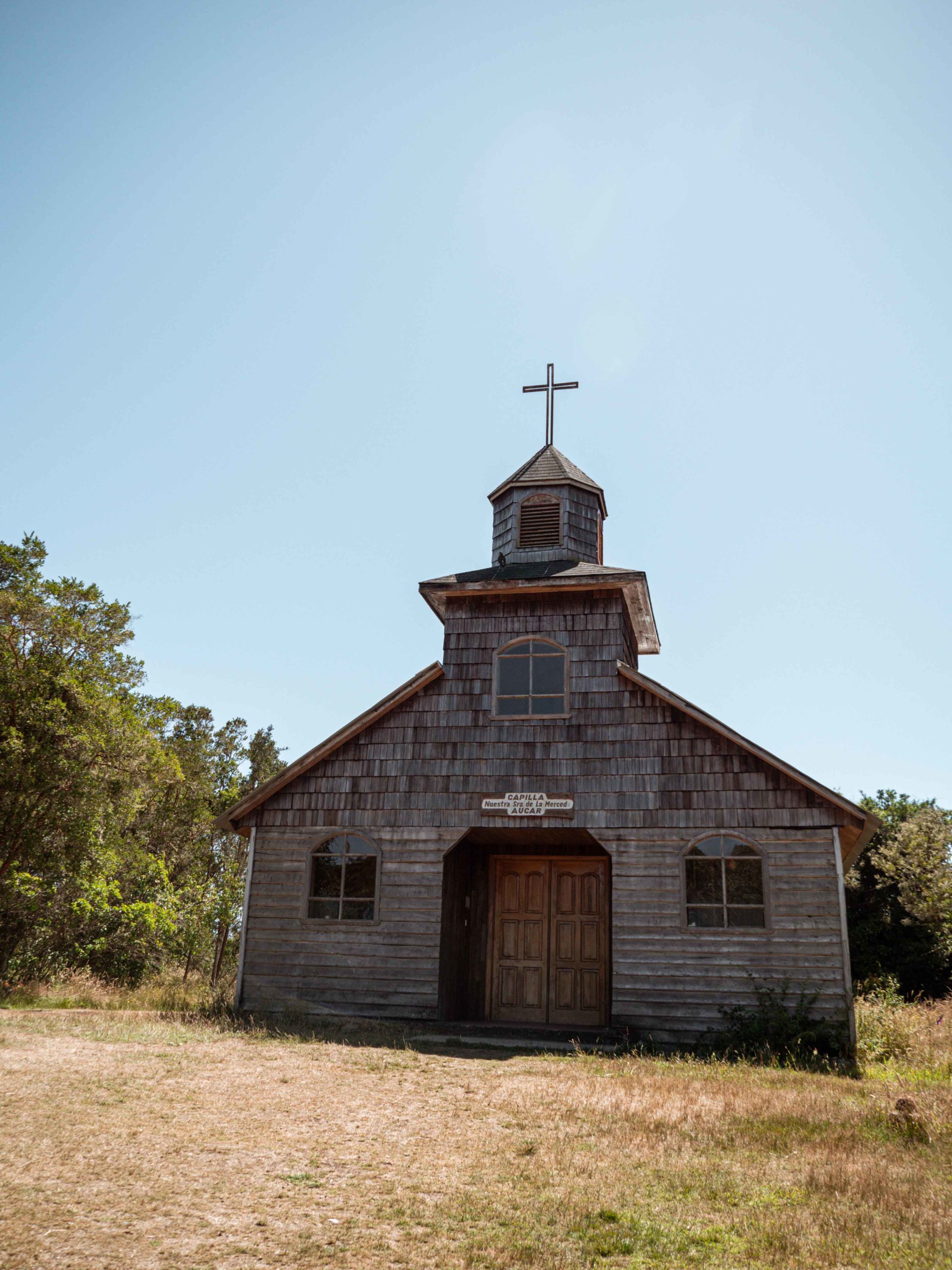
Dalcahue, located north of Castro, is a typical chilotean village, where you can find 3 of the mentioned churches. Furthermore, its art and craft market at the promenade is offering handmade wool pullovers and decorations made from typical basketwork, which is worth a visit.
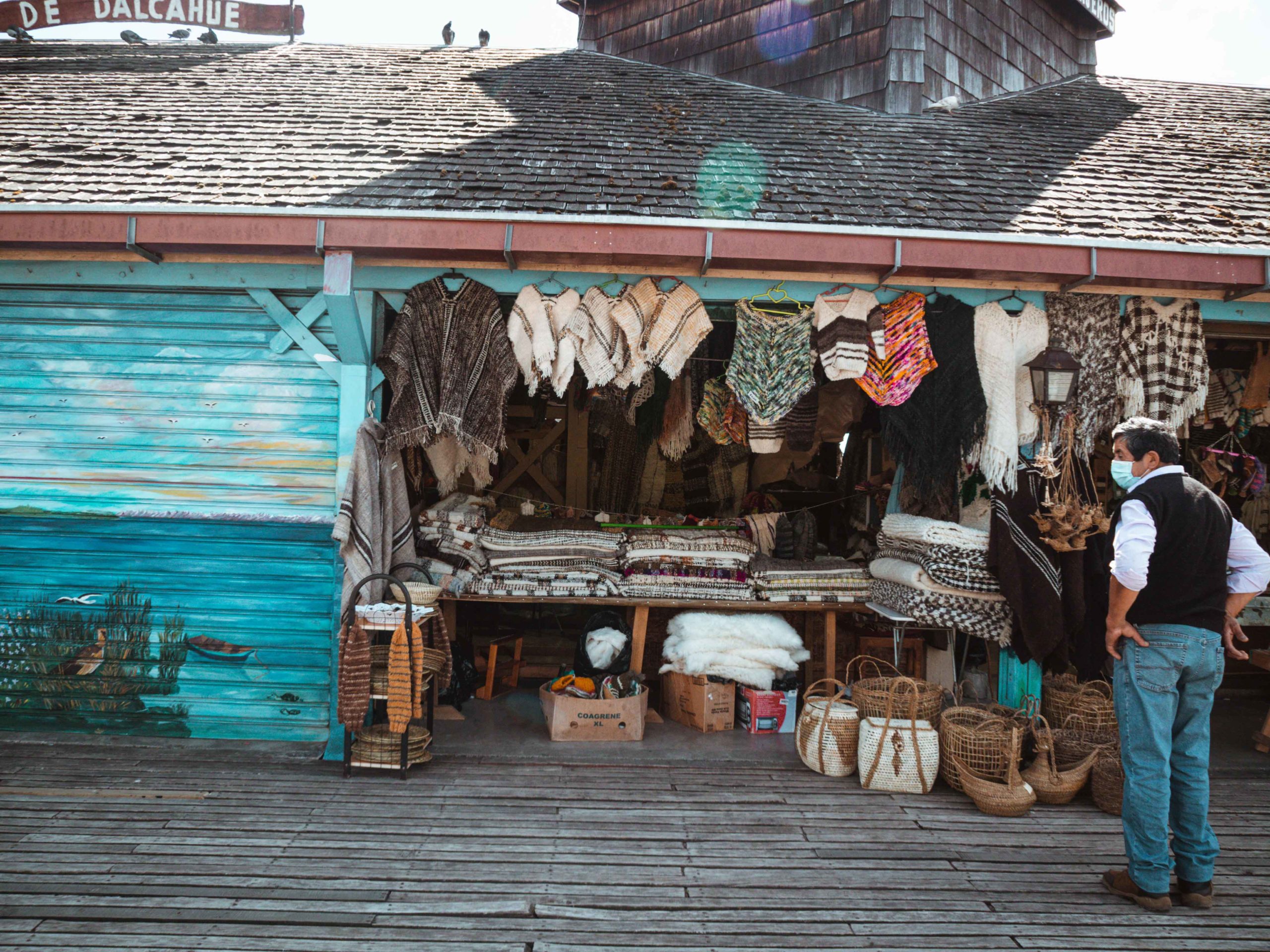
Myths and legends of Chiloé
I’m sure that by now you might have a slight idea why Chiloé is incomparable with any other place on earth. Yet, there is more to come.
Chiloé is home to fascinating stories, myths and legends. “El Trauco” is one of the most famous and the most feared myth of this island. It’s referring to a feared dwarf armed with a stone axe who lives in the caves and forests of Chiloé. For his evil spell, a glance or a breath is enough. Indeed, he transforms men into gimpy figures and casts a spell over women.
To name only a few other famous myths, there is “La Pincoya”, a mermaid protecting the ocean around the island, and “El Caleuche”, a ghost ship sailing around Chiloé. You can read both myths by clicking here.
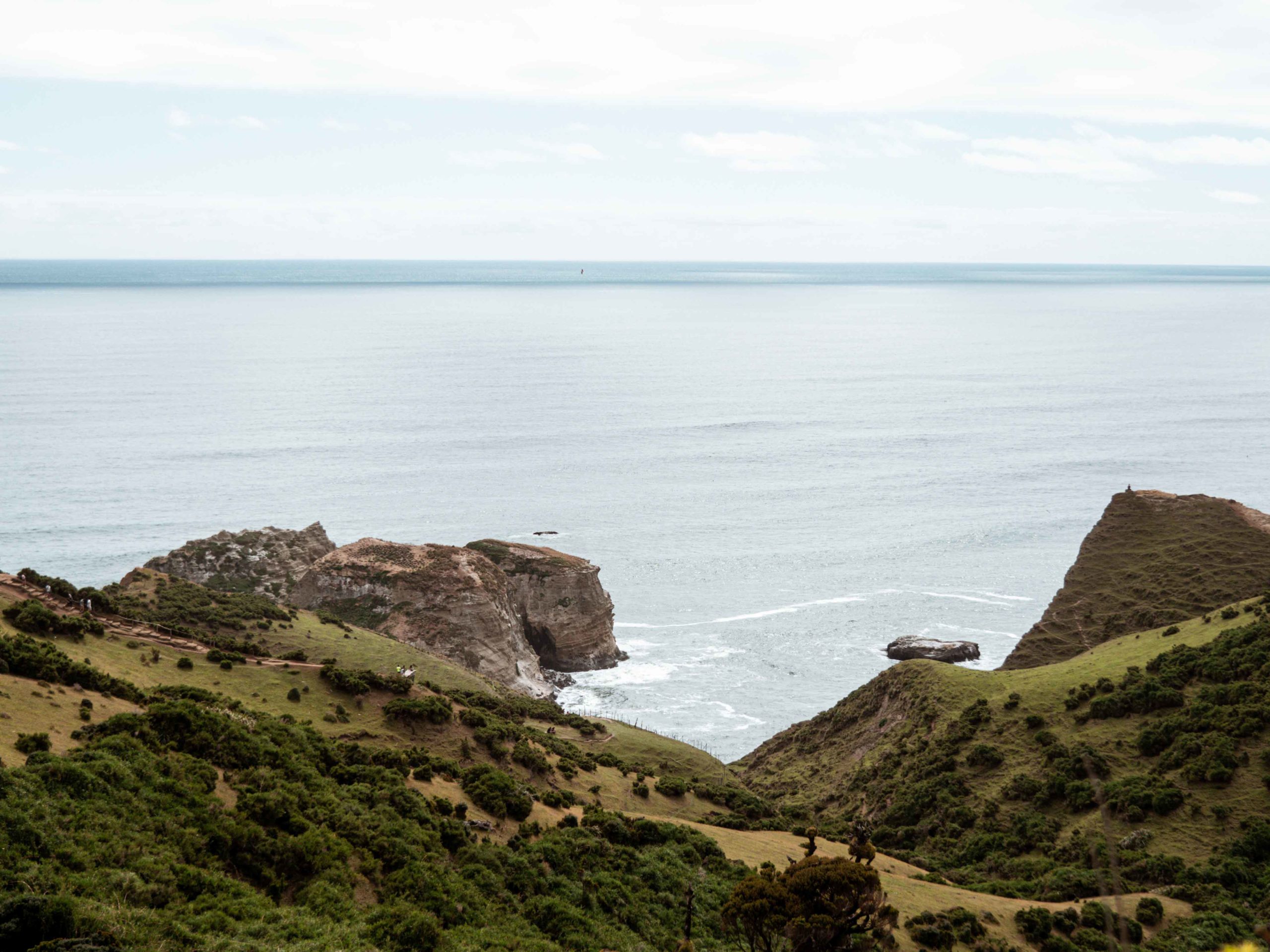
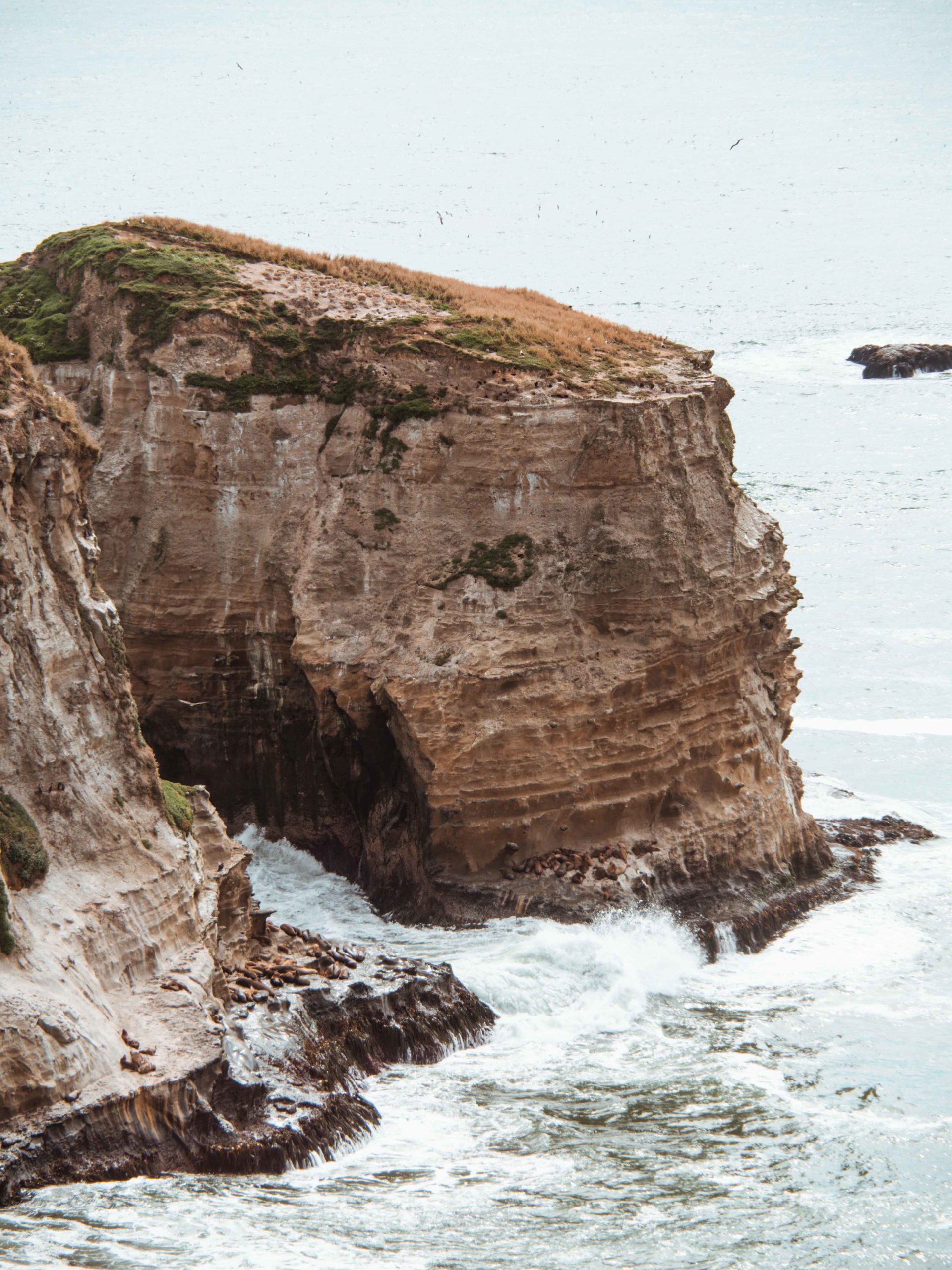
Unique wildlife
This archipelago is the only place in the world where the Magellan and the endangered Humboldt penguins are sharing their habitat. The colonies of these little penguins can be found in Puñihuil, the north of Chiloé.
The island is also home of the southern pudu – the worlds smallest deer. However, they look unlike a deer and are not that much bigger than a rabbit. Being a nocturnal and very shy animal, it might be hard spotting them, even though Chiloé still has a frequent occurrence compared with other parts of Chile. While driving home to my friends house, which is located in the fields far from villages, we were lucky enough to discover it just next to the road at dawn.
Probably the most annoying animal of Chiloé are Tabanos – black horse flies with the size of 2cm.
While they drive you crazy by following you wherever you go and always hearing their loud buzzing next to you, they don’t go away that easily. You actually have to hit them in order to make them stop following. It’s not uncommon seeing Chilotes walking around with a big leaf for this purpose.
However, I’ve never got bitten and still highly recommend visiting Chiloé. It’s just a place like no other.
Click here to view my Chilean photo gallery.


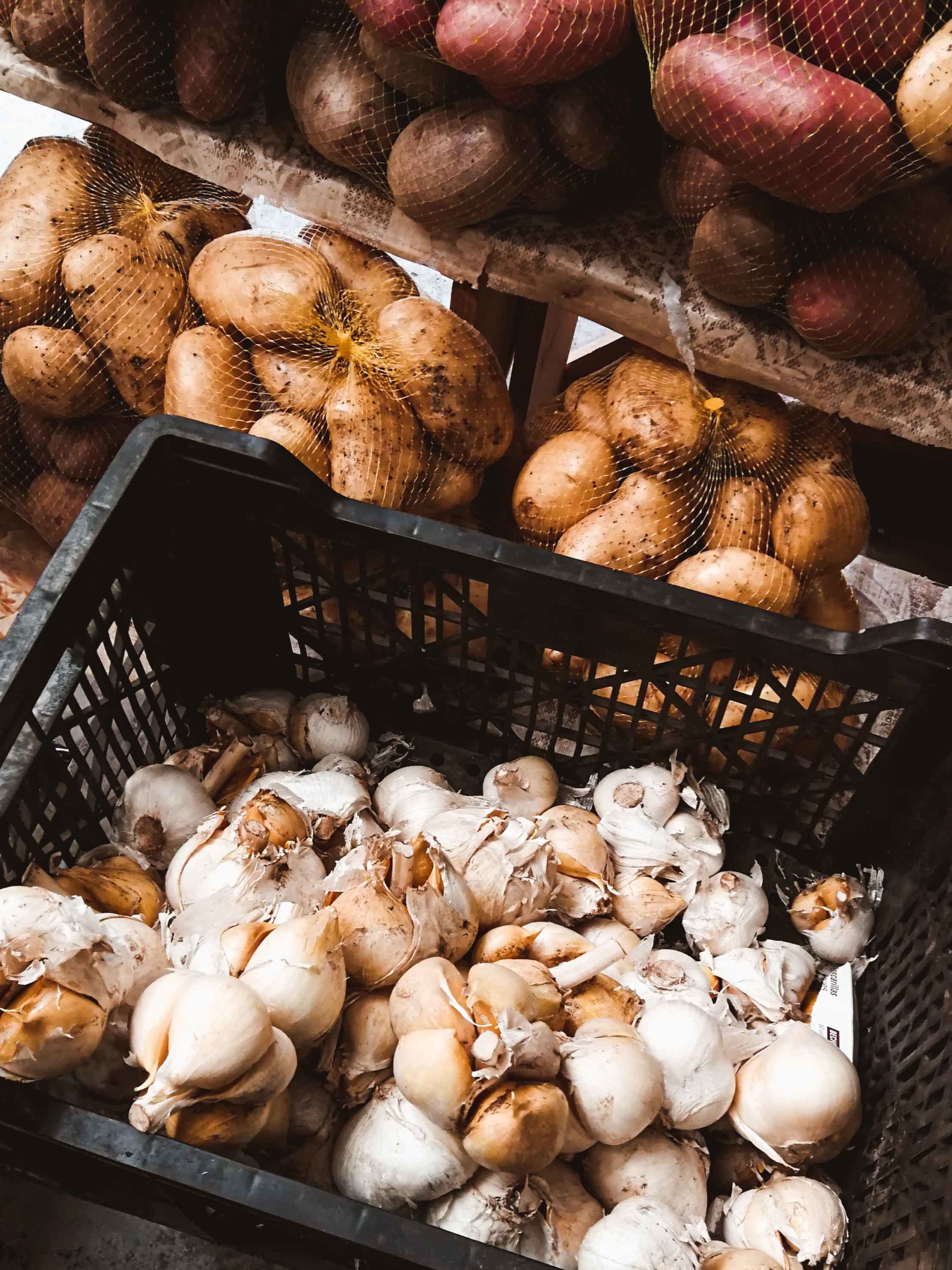
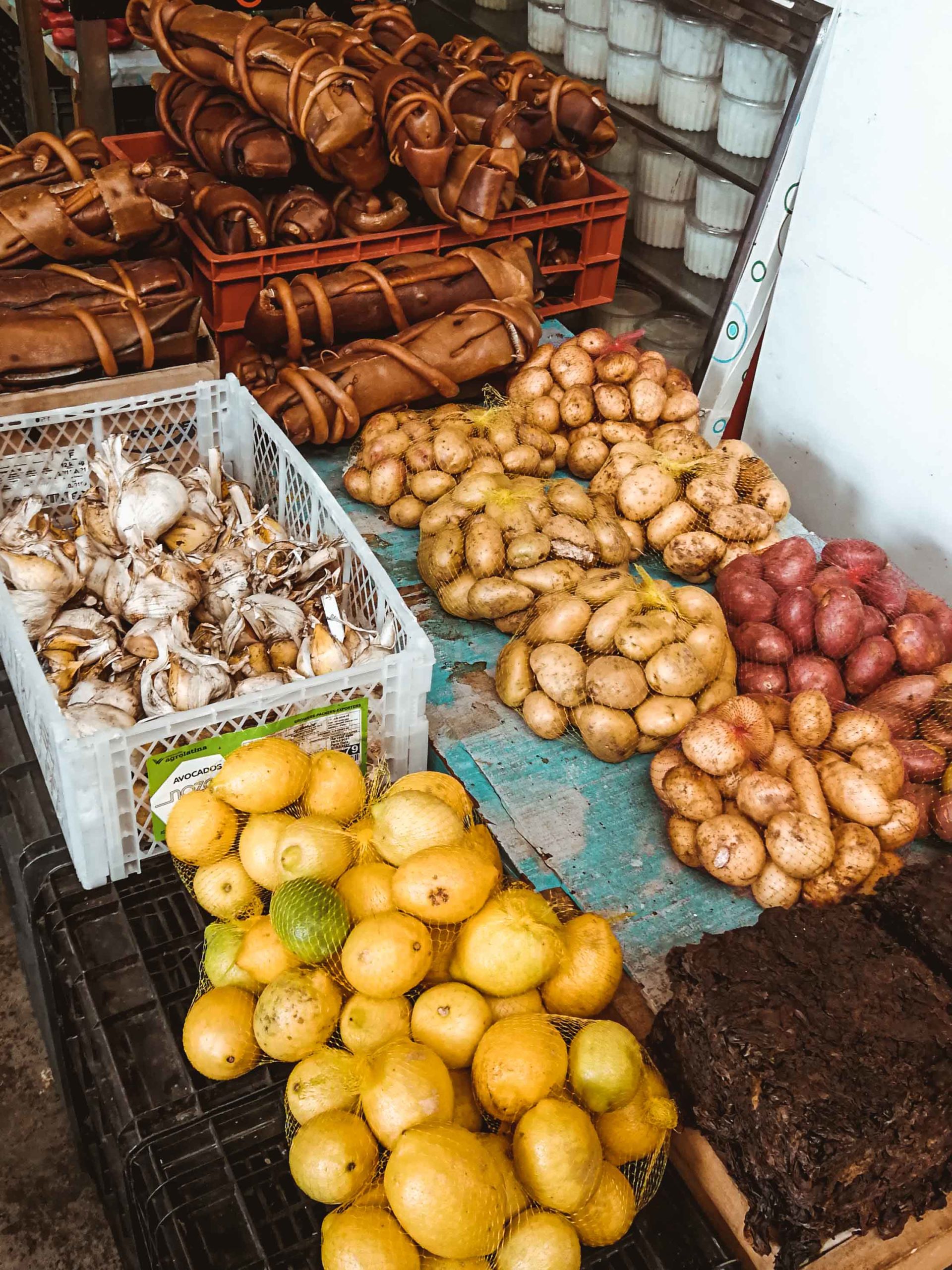
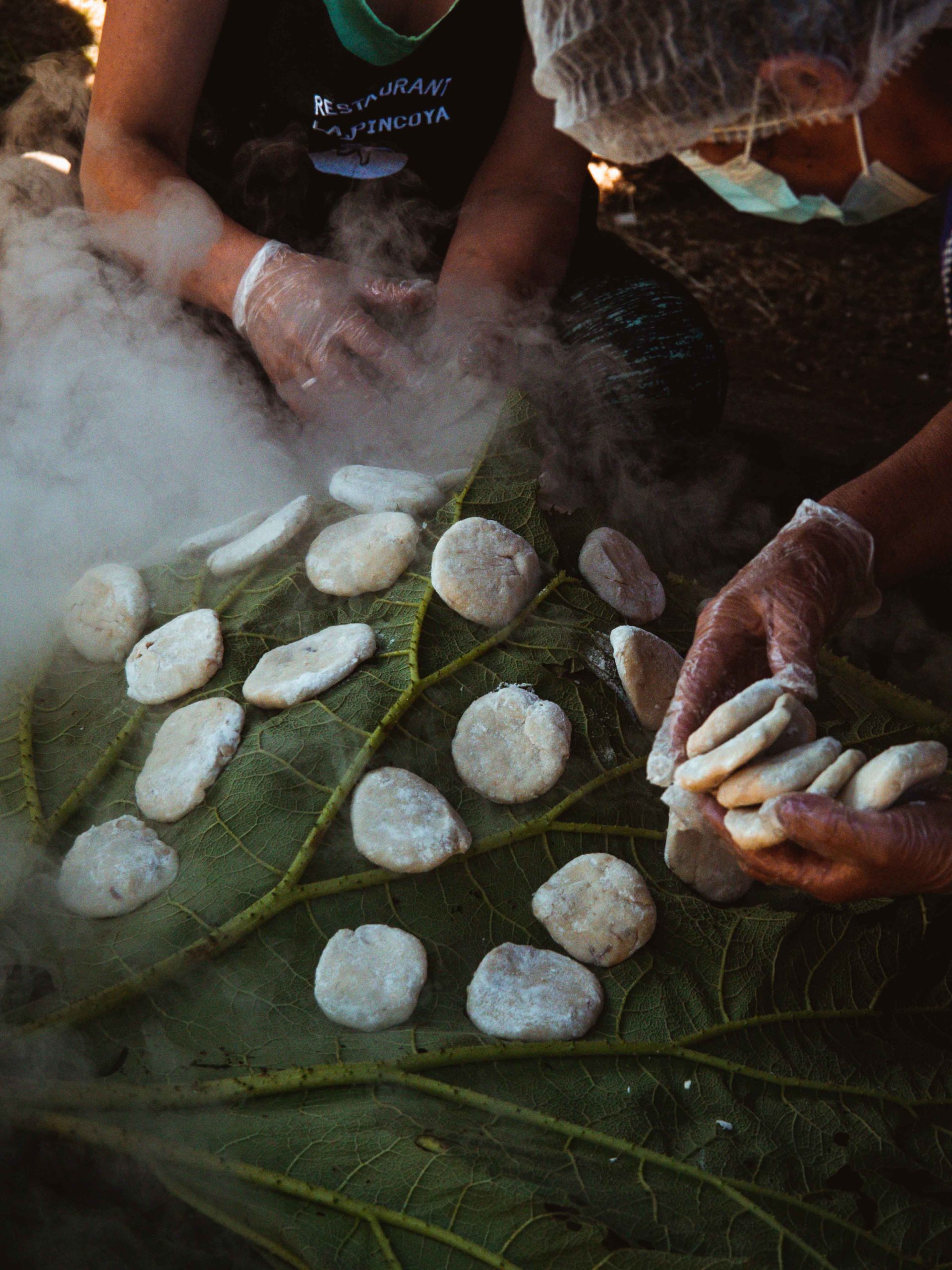




No comment